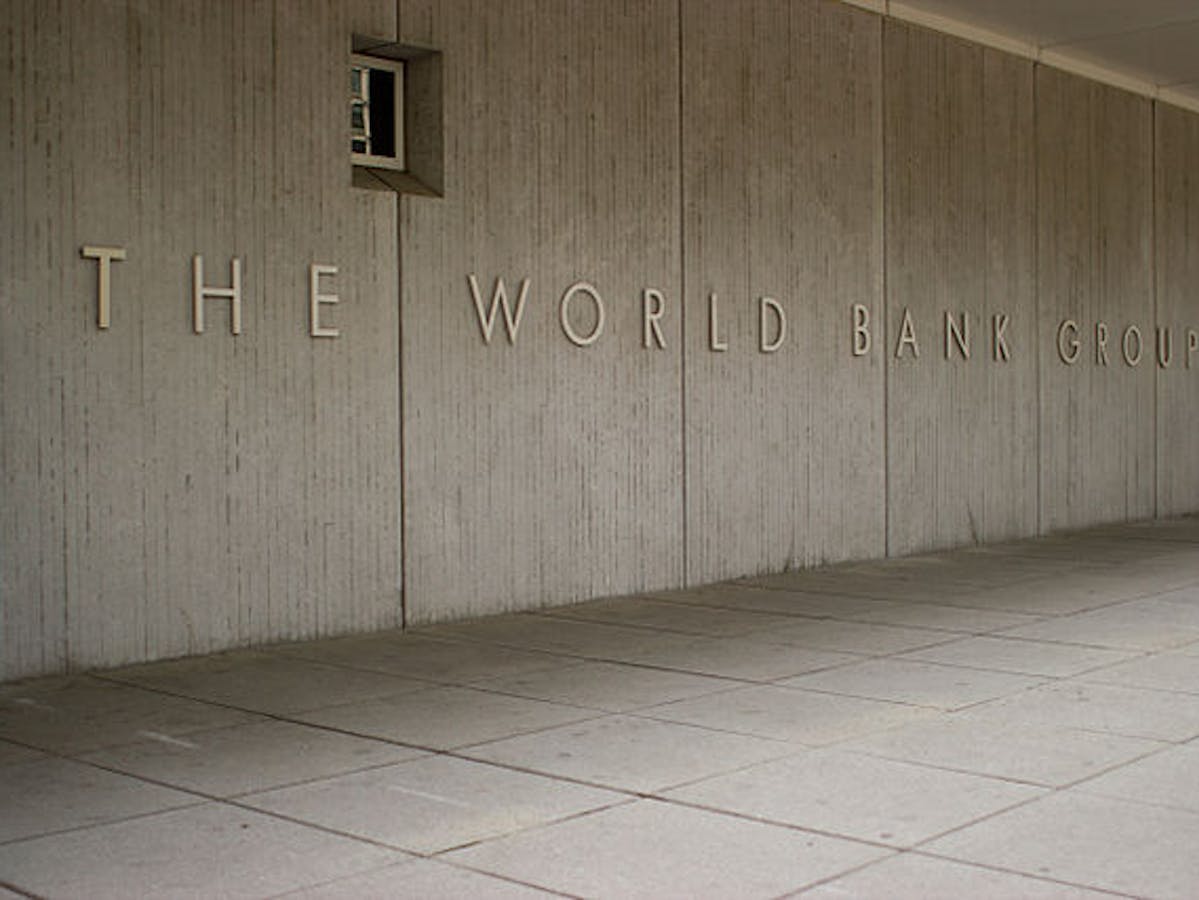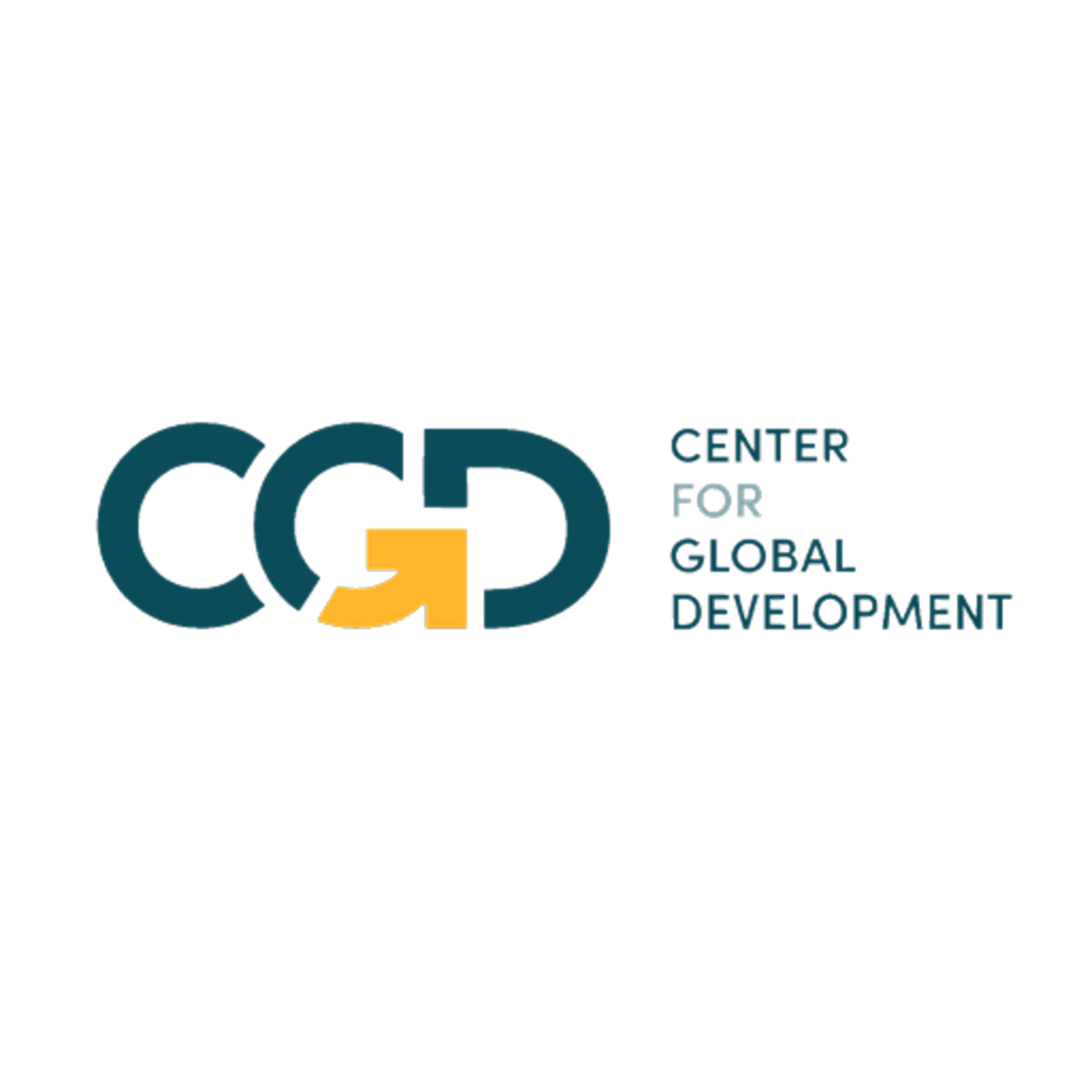Who Gets World Bank Climate Money? An Exploration of Adaptation Financing to Lower-Income Countries
Published: October 31, 2023

OCTOBER 31, 2023
The World Bank is the largest provider of climate adaptation finance to the world’s poorest countries. Adaptation finance assists countries to reduce the risks they face from climate change such as disease outbreak and rising sea levels. Lower-income countries (LICs) receive highly concessional finance from the World Bank’s International Development Association (IDA). Over the last decade, IDA has provided more than 80 percent of the concessional finance from the multilateral development banks to LICs for climate adaptation.
By exploring which countries and sectors IDA provides adaptation finance to, I find that the World Bank’s adaptation programming likely has room for improvement. There is little correlation between the level of adaptation finance received and a country’ risk from climate change. There is also a high concentration of finance in particular sectors without a framework to govern this investment.
Data note: This blog will explore the OCED DAC External Development Finance Statistics – recipient perspective dataset. This dataset is slightly different from the one used to report against the target of mobilizing $100 billion per year for climate finance by developed countries for developing countries. This dataset is used because it allows for a more detailed exploration of the types of financing and programming offered by the World Bank to recipient countries. It includes information on projects tagged by the World Bank for adaptation finance. The countries examined are IDA-only countries, excluding Sri Lanka which was not an IDA country during the period examined. The financing explored is that which these countries received from IDA.
As a result of previous work by my colleagues, the World Bank has already committed to improving its climate finance, in part by launching “a new climate outcome platform later this year at COP 28.” The details of this will be important to ensure that the World Bank’s concessional resources can best be allocated towards achieving adaptation outcomes in LICs.
1. How has the World Bank’s adaptation finance in LICs grown over the last decade (2013-2021)?
Over the last decade, the volume of IDA’s adaptation finance to LICs increased by nearly 400 percent. This growth occurred for both grants and concessional debt. Of total adaptation finance (concessional and non-concessional) provided by the World Bank, around 40 percent has gone to LICs and 60 percent to wealthier International Bank for Reconstruction and Development (IBRD) and IDA-IBRD Blend countries.
2. Do the LICs that face the biggest climate risks receive the largest share of adaptation finance?
IDA has a set financing envelope for each country it provides financing to, climate objectives along with development objectives need to be met within this. The size of the envelope is therefore a large determining factor in the amount of adaptation financing a country receives.
The countries that have received the largest amount of adaptation finance are closely correlated with IDA’s largest overall recipients, as seen in the graph below. The table below lists the top-10 recipients of adaptation financing and IDA financing. Seven countries are included on both lists, and all the countries that are only on one of these lists only just missed out on being included on the other. [Disclaimer: tables can be found on the original blog post]
3. Is adaptation prioritized within the IDA country envelope for the LICs with the biggest climate risks?
Overall, it does not appear that the World Bank is targeting risks from climate change particularly well. To control for the envelope allocation, I examine adaptation finance as a share of the total IDA commitment for each country. When this is compared to the ND-Gain (which ranks countries by their vulnerability to climate change) and the World Risk Index (which ranks countries by the risks their populations face from natural disasters) there is very little correlation between risk and adaptation finance.
Within a country’s IDA envelope programming for climate risks needs to be balanced with the needs for programming of other development needs. It may be that the climate needs of Pacific small island states can be better integrated into their broader development programming compared to other countries. For example, there is no top-10 largest recipient of adaptation finance that also makes the top-10 list for adaptation finance as a share of IDA finance.
Lastly, it is widely recognized that adaptation financing should also target the poorest within countries. The dataset examined does not contain information on the intended beneficiaries of adaptation finance. Future reporting of adaptation finance would benefit from including this, noting that this would be a difficult task.
4. Is it possible to tell whether sectoral allocations of adaptation finance are going to the areas where they will be the most impactful?
The World Bank does not have a clear definition of what adaptation is, meaning that many of the programs that have been tagged as adaptation finance may relate directly to addressing the consequences of observed or anticipated climate change, or may contribute to general economic development, which has significant benefits for climate resilience.
Climate finance is classified into the same sectors (e.g., health, energy) as official development assistance (ODA) defined by the OECD. Six sectors account for 75 percent of IDA adaptation finance in LICs: Agriculture, Forestry and Fishing; Transport and Storage; Other Multisector; Other Social Infrastructure and Services; Disaster Prevention; and Preparedness and Water Supply and Sanitation (see graph below).
In the absence of a clear definition of adaptation, it is hard to determine if the current allocation delivers the best adaptation outcomes. Within these sectors, investments can be highly concentrated within one or a few sub-sectors. For example, 95 percent of the programming in the sector “other social infrastructure and services” is for social protection and 76 percent of finance in the sector “transport and storage” goes to road transport. There may be good reasons for this, for example, roads are critical for development and often need to be made more resilient to climate change impacts such as storms. A clear definition of adaptation from the World Bank could assist in developing a framework for what adaptation needs exist within countries and how programming can respond.
The World Bank’s 2021–2025 Climate Change Action Plan established a new target, that at least 50 percent of climate finance to IDA and IBRD countries would be for adaptation. Before this, adaptation was not an established priority for the Bank. The figures above show this to be the case, but also show how a rapid rise in adaptation finance may not have necessarily produced the best results. Further evidence of the side effects of a rapid rise in spending are a recent CGD paper, “What Counts as Climate?” This paper highlights that many projects counted toward the Bank’s climate objectives do not have a strong justification for that label, especially projects in LICs.
The World Bank is a vital funder of adaptation efforts in lower-income countries, and it’s encouraging that the level of financing has risen as the scale of the challenge becomes clear. But where and how that money is spent is just as important as how much finance is moved.
How can IDA improve the allocation of its adaptation finance? The following ideas may be helpful to ensure that the World Bank’s planned future growth in adaptation programming delivers adaptation outcomes and that these outcomes are measurable:
- As already committed to, the World Bank should deliver a new climate outcome platform at COP28 later this year. This should include a clear framework for how adaptation is defined and guidance on how investments should target those in poverty.
- The World Bank should explore ways to increase adaptation investments for some of the countries most at risk, including for the poorest in these countries.
- The World Bank should explore how adaptation investments could best be targeted across sectors to achieve climate and development outcomes, noting that this may differ across countries. The Country Climate and Development Reports (CCDRs) are an excellent initiative to help facilitate these changes. Efforts to integrate the investment plans outlined in these with climate finance reporting would be very welcomed.
With thanks to Nancy Lee and Samuel Matthews for their helpful comments on earlier drafts.
Disclaimer
CGD blog posts reflect the views of the authors, drawing on prior research and experience in their areas of expertise. CGD is a nonpartisan, independent organization and does not take institutional positions.
